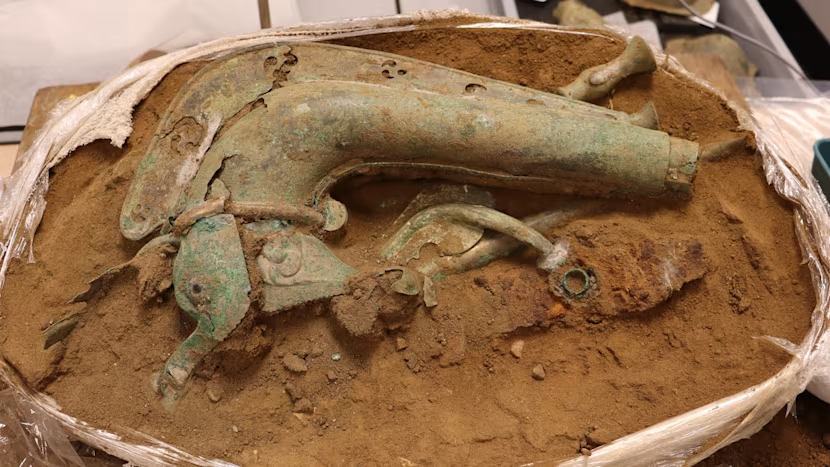Exeter Cathedral's Historical Cat Flap: A Unique Medieval Solution
Nestled within the historic walls of Exeter Cathedral, a small but fascinating feature has captured the interest of historians and cat enthusiasts alike. This feature, believed to be the world's oldest documented cat flap, is a testament to the practical ingenuity of medieval society.
A Medieval Necessity
Exeter Cathedral, constructed in the 11th century and a striking example of Norman and Gothic architecture, houses a wooden door with a feline-sized hole. This hole, carved in the late 16th century during Bishop Cotton's refurbishment of the cathedral, was designed to allow a resident cat to access the clockwork mechanism within the cathedral’s north transept. The clockwork, lubricated with animal fat, attracted rodents, necessitating a practical solution for pest control.
Historical Records and Payments
What makes this cat flap particularly significant is the detailed historical records that accompany it. According to Diane Walker, a historian at Exeter Cathedral, these records document payments to carpenters for creating the hole and also outline the "salary" of the cathedral's resident cat. This feline guardian received 13 pence per quarter for its rodent control services, highlighting the valued role cats played in maintaining the cleanliness and functionality of medieval institutions.
Cats in Medieval Society
Cats were essential in medieval Europe for controlling the populations of mice and rats, which posed significant threats to stored food supplies and public health. In urban areas, where close living conditions and stored goods created ideal conditions for rodents, cats were invaluable. They were often kept in churches, homes, and barns, demonstrating their widespread appreciation and utility during this period.
A Unique Historical Curiosity
While there may be other ancient doors with holes cut for cats, Exeter Cathedral's cat flap stands out due to its documented history. This small portal not only showcases a practical solution from the past but also reflects the cathedral’s rich historical narrative. Visitors to Exeter Cathedral today can see this quirky and practical feature, adding a unique dimension to their exploration of this magnificent historical site.
Visiting Exeter Cathedral
For those interested in witnessing this historical curiosity firsthand, Exeter Cathedral offers guided tours. The cathedral, with its storied past and stunning architectural features, provides a glimpse into the medieval world and its ingenious solutions to everyday problems. Located at 1 The Cloisters, Exeter EX1 1HS, the cathedral remains an active site of worship and a beacon of historical and architectural significance.
Exeter Cathedral Photo: Antony Wyrdight-McCallum/CC3.0
Exeter Cathedral's cat flap is more than just a hole in a door; it is a window into the practical and often charming solutions of the past, reflecting the interplay between human needs and animal companions in medieval society.
Source: (RNZ) (Exploring GB)








